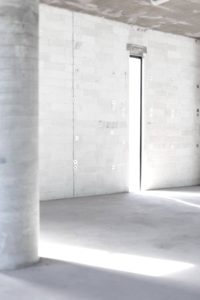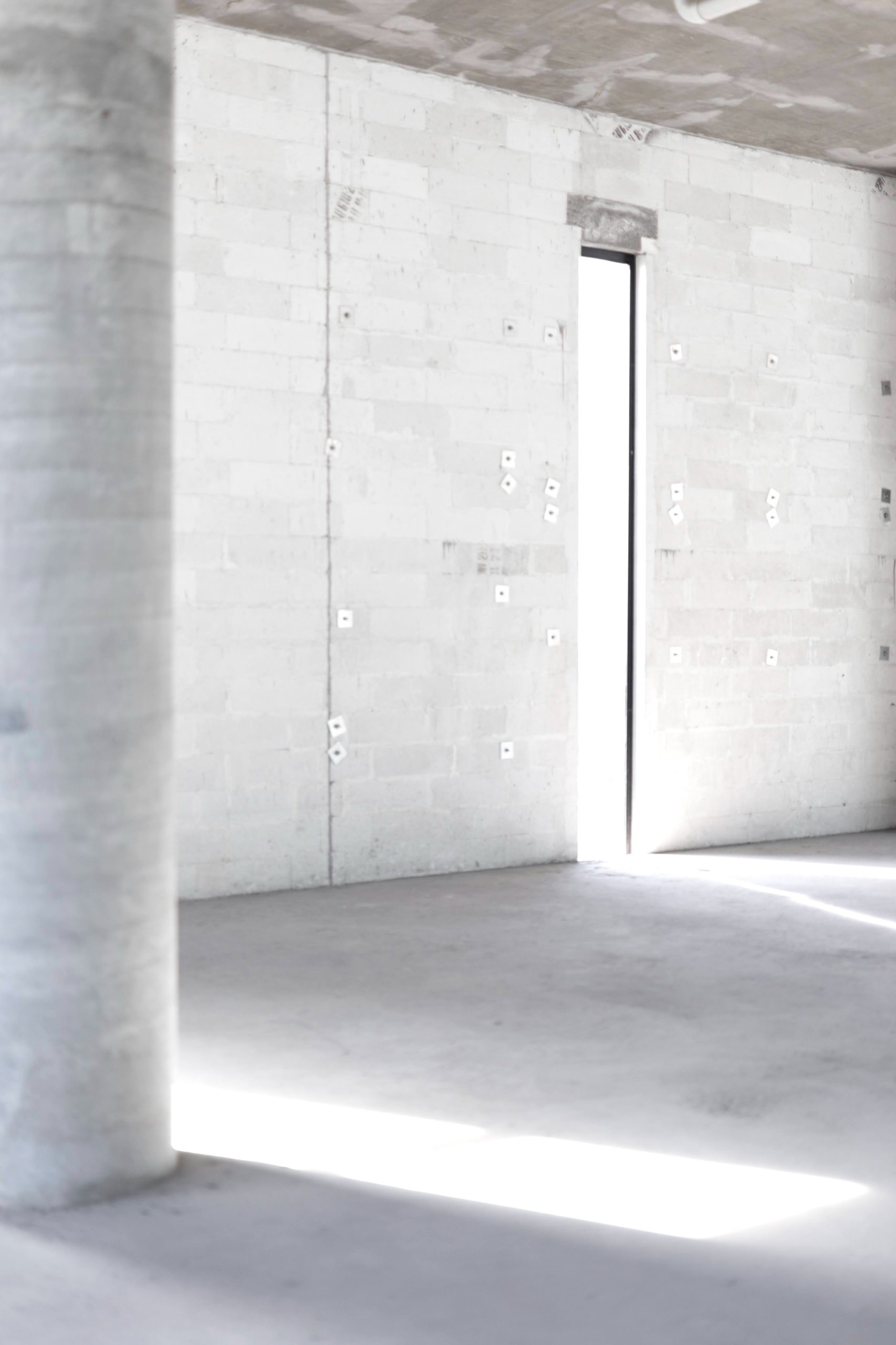 When evaluating potential commercial spaces, you might run into the terms “gray shell” and “white box,” or slight variations on these terms. “Gray” and “white” are used to describe a space to potential tenants so they understand how finished (or unfinished) the property is.
When evaluating potential commercial spaces, you might run into the terms “gray shell” and “white box,” or slight variations on these terms. “Gray” and “white” are used to describe a space to potential tenants so they understand how finished (or unfinished) the property is.
Gray Shell Defined
A gray shell commercial space is one that is completely unfinished. That means it has unfinished floors, bare stud walls, no plumbing or electrical, and if it has an HVAC unit, it may be without controls or ductwork. The sprinkler system will be included as it is generally required by code, but it will not be dropped to the finished ceiling height.
White Box Defined
White box (sometimes referred to as a vanilla shell or warm shell) is a commercial space that comes partially complete with basic finishings. Generally, this means it has sheet-rocked walls that are ready to paint, a finished ceiling with lighting, an HVAC system with ductwork and controls, a completed sprinkler system finished at ceiling height, and a finished bathroom.
In short, white box properties are at a place construction-wise where the tenant simply has to add their final touches to make the space their own.
Gray versus White
Those in the retail and office sector have a lot of experience with gray shells and white boxes. Previously, the preference among landlords was to leave the space gray, but since COVID hit we are seeing a shift. Tenants are hesitant to invest in building out spaces and prefer something that is more ready-to-go.
As you consider whether to leave your commercial space gray or upgrade it to a white box, come talk to us at Seacoast Construction. We’ll help you understand what to expect in terms of timeline and cost as you modify the space. Get in touch to schedule a time to talk.
- test :


